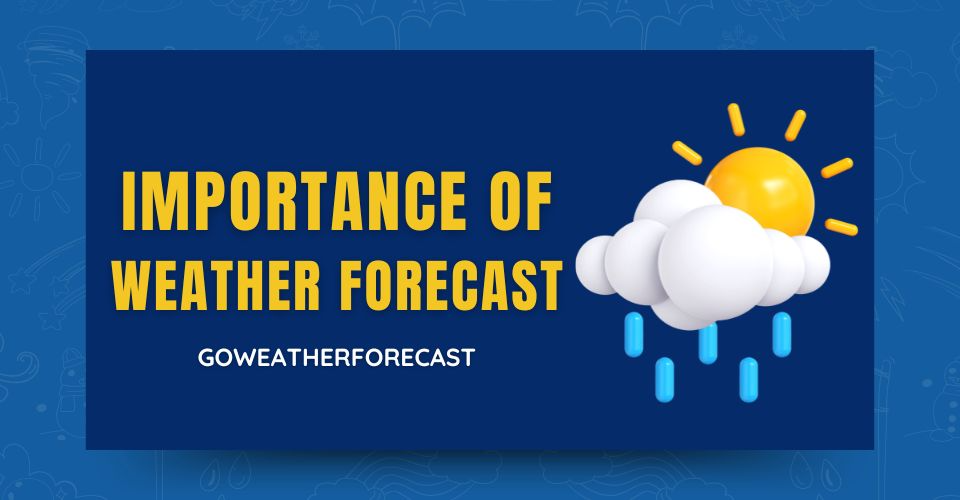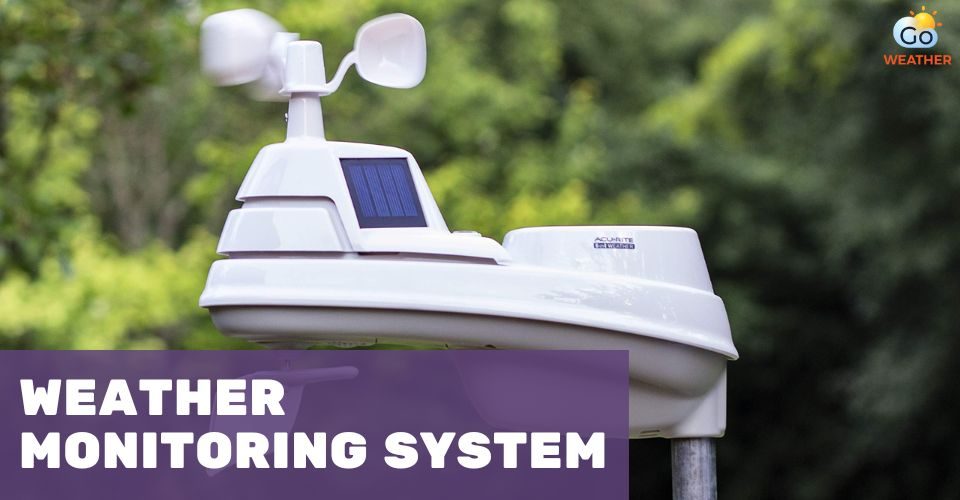How the Moon Affects the Weather on Earth [An Ultimate Guide]
The moon is average 238,855 miles (384,400 kilometers) away from Earth, but its impact on the planet is quite obvious. Of course, when it comes to the moon's effects on our planet, its gravitational pull on the planet's ocean tides is always mentioned first. But what about Earth's weather and climate? Is there any effect of the moon on our planet's weather? Read this article to find out how the moon affects the weather.
.jpg)
How does the moon impact the weather on Earth?
How the Moon Affects the Weather
The moon does influence our planet's weather in a variety of indirect and even direct ways.
Air Pressure
In the 1990s, scientists established the Moon's capacity to produce an atmospheric tide, a gaseous pulse that causes daily variations in air pressure.
It also affects circulation patterns, like subtropical high-pressure belts.
These help explain the astonishing yet subtle correlations that have been seen for the previous half-century between moon phase and cloudiness, hurricane development, and precipitation.
Lunar phase
.jpg)
Lunar phase
At a full moon, the temperature of the lower four miles of the atmosphere rises by two-hundredths of a degree Fahrenheit.
That isn't enough to let you leave your jacket at home on starry nights. However, it does give new theories for the relationship between weather and lunar phases.
► Related: Moon phases and tides
Thunderstorm activity
Other experts believe the statistical increase in thunderstorm activity witnessed around the full Moon is due to our planet's magnetic tail suffering moon-induced distortions.
.jpg)
The moon affects thunderstorm activity
Other hypotheses propose that clouds are "seeded" by the Moon's modulation of meteor dust. Studies conducted in 2016 reveal a one percent change in rainfall due to the Moon's phases and position.
Thermal action
According to researchers at the University of Arizona, the Moon's effect may be mostly thermal, driven by infrared radiation from its hot, 230ºF, sun-lit surface, similar to an electric bathroom heater.
The Moon's capacity to reflect sunlight is minimal since it is one of the least sparkly things in the known cosmos. It reflects 10% of the sunlight that touches it, which is comparable to the reflectivity of an asphalt road.
.jpg)
The moon affects thermal action
In other words, the Moon appears as brilliant as if its whole surface were paved like a massive mall parking lot. That is why the full Moon seems half a million times less light than the sun.
Moreover, it seems white solely due to the contrast with the darker night sky behind it.
Polar Temperature
Satellite temperature measurements of the atmosphere suggest that the poles are 0.55°C (0.99°F) warmer during a full moon than during a new moon.
Temperatures in the tropics are unaffected, while temperatures across the world rise by an average of 0.02°C (0.036°F) during the full moon.
These little temperature fluctuations have a tiny but noticeable impact on the weather.
.jpg)
Polar temperature
|
Read more: |
How the Moon Affects Tides
Now you know how the moon affects the weather. Yet, the moon also has a significant impact on ocean tides. They affect the weather in the sense that a planet without a moon would have fewer or no tides and a different weather system.
Tidal effect
Because the moon's gravitational pull varies with distance, at any given moment, the area of the Earth closest to the moon (i.e., directly underneath it) is most heavily impacted by gravity.
.jpg)
How the moon's gravity affects tides
This implies that as the moon passes over an ocean, the water is drawn toward it, resulting in a tidal bulge.
The tidal bulge operates like a wave that sweeps around the Earth when the moon circles it. This effect creates tides.
Ocean tides
Generally, two low tides and two high tides occur every 24 hours, approximately 50 minutes apart each day. High tides are higher during the new moon and full moon, while low tides are lower than usual.
.jpg)
Ocean tides
The first and last quarter moons have more moderate high and low tides. They influence the movement of ocean currents, which affect the weather by regulating the quantity of warming or cooling water that flows through a certain location.
El Niño weather occurrences are impacted by factors such as ocean temperature, wind speed, and direction.
Ground surface tides
The Moon does not just influence ocean tides. The ground rises and lowers. Earth's ground tides measure less than 8 inches (20 cm). However, it is not as noticeable as water, which travels considerably more easily.
.jpg)
Ground surface tides
The Earth's crust flexes in the direction of tidal pull. Satellites that can measure the Earth's topology reveal that the Moon impacts land elevation and stresses tectonic faults.
According to some experts, these alterations might have an impact on earthquakes and volcanoes.
Atmospheric tides
The atmosphere is susceptible to the same tidal forces as the seas but to a smaller extent. Because gases are less thick than water, they respond less to tidal forces. These tides influence air pressure, a well-known element in weather systems.
Yet, the rise in atmospheric pressure recorded at the tidal wave's front edge is so modest that it is considered to be overwhelmed by other forces.
The Tidal Fish, Turtles, and Sea Life
.jpg)
The moon also affects marine organisms
The Moon not only impacts the rising and falling tides. Many marine organisms have grown to rely on the tides and the movement of the seas and lakes.
To ensure the survival of their offspring, certain fish and turtle species lay eggs or hatch according to the tides. Certainly, a scarcity of fish would damage the entire food chain, including people.
On a related topic, lunar phases drive reproduction and feeding for many sea creatures that rely on the Moon's light.
How the Moon Affects Climate
Without the Moon, Earth would face more dramatic climate change. Both the Earth and the Moon have gravity and attract each other.
The gravity of the Moon allows the spinning top of the Earth to revolve more smoothly and without as much wobbling as possible.
.jpg)
How the moon affects climate
The Earth would tilt farther, making the poles hotter or colder, with large temperature disparities. The Moon serves to stabilize our environment, making it less chaotic than other planets.
Roundup
After all, it’s clear that the moon does have impacts on the weather on Earth, though these impacts are not too significant. Next time looking at the sky and enjoy its brilliant light pouring all around the space, we bet that you must find the moonlight not only shiny but also quite delightful. That’s all for today’s post regarding how the moon affects the weather; we hope you found it interesting!
Reference: https://agupubs.onlinelibrary.wiley.com/doi/full/10.1002/2015GL067342





![What is the Difference Between Storm and Hurricane? [Complete Guide]](https://admin.goweatherforecast.com/images/1732850306.png)






0 Comments
Leave a Comment
Your email address will not be published. Required fields are marked *